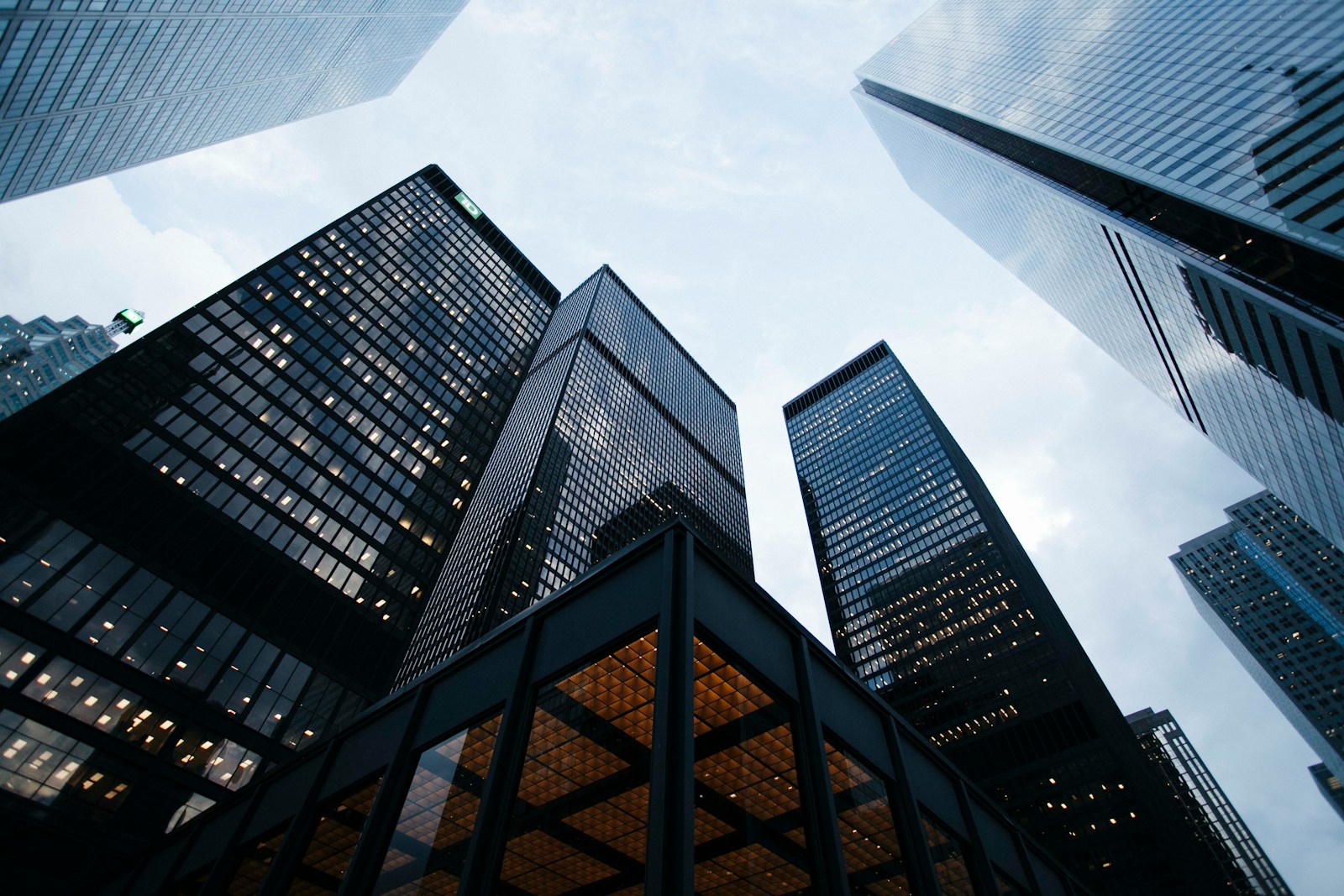The UK is home to some of the world’s most distinctive and innovative office buildings. These architectural landmarks not only enhance city skylines but also offer valuable lessons for designers looking to create dynamic, functional workspaces. From sustainability to cutting-edge aesthetics, these buildings provide insights into how to blend form and function for the modern office. Here’s what designers can take away from five of the most iconic office buildings:
1. The Gherkin (30 St Mary Axe, London)
Designed by Norman Foster, The Gherkin is a masterpiece of sustainable design, demonstrating the power of form in achieving energy efficiency. The building’s distinctive curving shape is not just an aesthetic choice; it helps reduce wind resistance and energy consumption. Its glass façade features a diamond-shaped pattern that maximizes natural light, minimizing the need for artificial lighting.
What Designers Can Learn:
The Gherkin teaches us that design can merge beauty with sustainability. Its unique shape and use of natural light show how an unconventional exterior can improve energy efficiency and functionality. Designers can take inspiration from this approach, creating buildings that are as environmentally responsible as they are striking.
2. The Shard (32 London Bridge Street, London)
The tallest building in the UK, The Shard by Renzo Piano redefined the skyline with its soaring glass structure. Inside, the building integrates open, flexible office spaces with panoramic views of the city. The design embraces transparency and light, creating an airy atmosphere that supports productivity and innovation.
What Designers Can Learn:
The Shard demonstrates that verticality doesn’t have to compromise functionality. It shows how modern technology can create vast open spaces with unobstructed views while maintaining privacy and a sense of openness. Designers can learn how to balance monumental scale with intimate, productive environments, proving that office spaces don’t need to feel boxy or confined.
3. The Scalpel (52 Lime Street, London)
Completed in 2018, The Scalpel is a sharp-edged, glass-clad structure designed by Kohn Pedersen Fox. Its angular design helps reflect light while reducing glare on nearby buildings. Inside, the office spaces are open, flexible, and filled with natural light, creating an environment that encourages collaboration and innovation. Remember that in any office space, you can maximise natural light and still create privacy using window films.
What Designers Can Learn:
The Scalpel exemplifies how sharp, angular lines can create dynamic architectural statements while still serving the practical needs of a modern office. Its minimalistic, open-plan interiors emphasize the value of clean lines and efficient use of space. Designers can learn from The Scalpel’s approach to sustainability and openness, where architecture and interiors work together to promote both aesthetics and productivity.
4. The Mailbox (Birmingham)
A former Royal Mail sorting office transformed into a vibrant mixed-use development, The Mailbox blends historical architectural elements with modern design. The red brick exterior nods to its industrial past, while the interiors are sleek and contemporary. Open-plan offices preserve the building’s history, with high ceilings and exposed beams, creating a unique atmosphere for working.
What Designers Can Learn:
The Mailbox teaches the importance of retaining a building’s character while adapting it to meet modern needs. Combining old and new can lead to innovative spaces that respect history while introducing contemporary comforts. Designers can learn how to create work environments that are not only functional but also tell a story through design, giving a sense of place and history to the workspace.
5. One Angel Square (Manchester)
One of the most environmentally sustainable office buildings in Europe, One Angel Square is the headquarters of the Co-operative Group. The building’s curved sail-like façade maximizes natural light, and the use of renewable energy sources, rainwater recycling, and natural ventilation ensures it is a model of eco-friendly design.
What Designers Can Learn:
One Angel Square is a prime example of how sustainability can be seamlessly integrated into office design. The building’s use of renewable energy and natural ventilation emphasizes the importance of considering the environmental impact of design decisions. For designers, the key takeaway is that sustainability should be a primary concern, and modern technologies can enhance both the environment and the workplace experience.
These five office buildings exemplify how modern design principles can shape the way we work, while also providing valuable lessons for designers. Whether it’s sustainability, flexibility, or historical preservation, these buildings show how architecture can create spaces that are functional, inspiring, and environmentally responsible.

